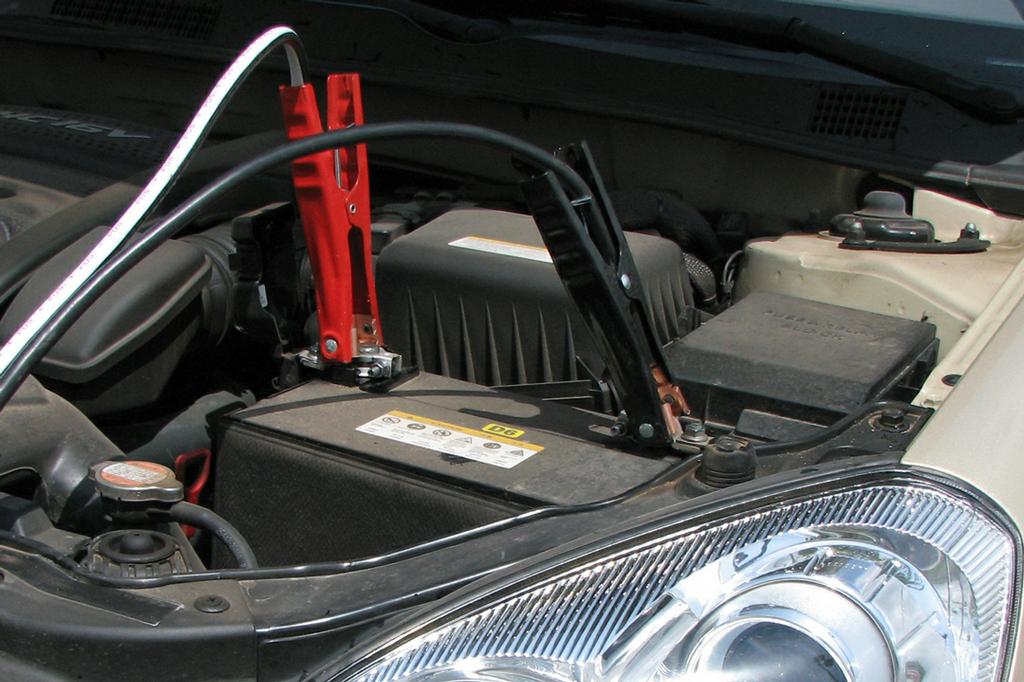
When your vehicle’s battery dies unexpectedly, a jump start is a quick and effective way to get back on the road. Knowing how to jump start a vehicle is a valuable skill that can save you time and money. In this guide, we’ll walk you through the process step by step, ensuring a safe and successful jump start.
Before you begin:
- Safety First:
- Park both vehicles in a safe and stable location, away from traffic.
- Turn off the ignition and engage the parking brakes on both vehicles.
- Keep ignition keys out of the ignition switches to prevent accidental starts.
- Inspect the Batteries:
- Ensure that the batteries are of similar voltage (typically 12 volts).
- Check for any visible damage to the batteries or cables. If you spot damage, do not proceed with the jump start.
The Jump Start Procedure:
- Position the Vehicles:
- Place the vehicles close enough for the jumper cables to reach but not touching.
- Identify the positive (+) and negative (-) terminals on both batteries.
- Connect the Jumper Cables:
- Take the red (positive) jumper cable and connect one end to the positive terminal of the dead battery.
- Connect the other end of the red cable to the positive terminal of the donor (working) battery.
- Take the black (negative) jumper cable and connect one end to the negative terminal of the donor battery.
- Connect the other end of the black cable to an unpainted metal surface on the vehicle with the dead battery. This can be a bolt or bracket but should not be near the battery.
- Start the Donor Vehicle:
- Start the donor vehicle and let it run for a few minutes to charge the dead battery.
- Attempt to Start the Dead Vehicle:
- Try to start the vehicle with the dead battery. If it doesn’t start, wait a few more minutes and try again.
- Remove the Jumper Cables:
- In reverse order, remove the jumper cables:
- Remove the black cable from the previously dead vehicle’s metal surface.
- Remove the black cable from the donor vehicle’s negative terminal.
- Remove the red cable from the donor vehicle’s positive terminal.
- Remove the red cable from the previously dead vehicle’s positive terminal.
- In reverse order, remove the jumper cables:
- Drive the Revived Vehicle:
- Keep the revived vehicle running for at least 15 minutes to allow the alternator to recharge the battery.
Tips and Precautions:
- Use Quality Jumper Cables:
- Invest in a set of heavy-duty jumper cables for better conductivity and durability.
- Avoid Sparks:
- Ensure that the jumper cable clamps do not touch each other during the process to avoid sparks.
- Consult the Vehicle Manual:
- Always refer to your vehicle’s manual for specific jump-starting instructions or precautions.
- Consider Professional Help:
- If the vehicle doesn’t start after multiple attempts, there may be a more significant issue. It’s advisable to seek professional assistance.




